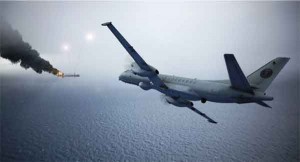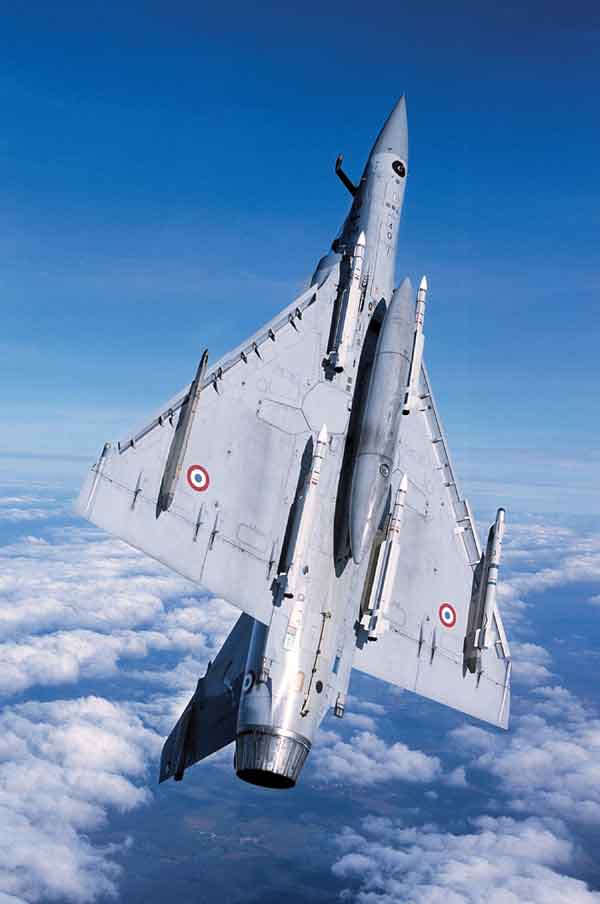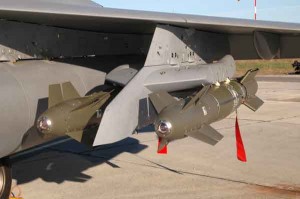Military Aircraft for India
Moving on to military aircraft, despite all the hype from the Indian DRDO and its associates, India is yet to produce a single indigenous fighter aircraft worth a mention. After over three decades of development, induction of the Tejas Light Combat Aircraft (LCA) is to commence in January 2011. Orders have been placed for 40 aircraft. The Kaveri engine for the LCA, which has been under development for over two decades at GTRE, is not in sight. GE Aviation has won the contract to supply the F414 engine to power the LCA Mark-2, the indigenous third generation fighter for the IAF and the Indian Navy.
In 2001 , the IAF had initiated a proposal to procure 126 medium multi-role combat aircraft (MMRCA). Of these, 18 would be purchased in fly-away condition and 108 to be manufactured by HAL. The defence ministry has allocated $10.4 billion for what is touted as India’s single largest defence deal ever. The contract with the vendor finally selected is expected to be concluded by mid-2011. The contenders are Boeing F/A-18 Super Hornet, Lockheed Martin F-16IN Super Viper, Eurofighter Typhoon, Saab JAS39 Gripen, Dassault Rafale and the Russian MiG-35. The significant point here is that three of the six contenders in the race are Eurpoean.
A deal between BAE Systems and HAL for the licenced production of the Hawk jet trainer aircraft had run into some difficulty in 2009 that now appears resolved , as evident from a follow on order for 57 more aircraft. HAL is also the manufacturer of structural parts for the Dornier 228 NG programme of RUAG Aerospace Services in Germany.
Indian Space Market
Another area where the European aerospace industry is involved is that of space. The Indian Space Research Organisation (ISRO) has signed two commercial agreements with Arianespace of France during French President Nicolas Sarkozy’s visit to India last year. Indian satellites GSAT-8 and GSAT10 would be launched in 2011 and 2012 by Arianespace. The launch cost is estimated to be Rs 250 crore each.
Arianespace has launched 12 Indian communications satellites on a commercial basis so far. ISRO has also renewed its five-year contract (of 2005) with EADS Astrium, a European company that provides civil and defence space systems and services. ISRO envisaged that this alliance between its commercial arm, the Antrix Corporation Limited, and the EADS Astrium “will jointly address the commercial market for communications satellites”.
Business Paradigms
The conduct of Indian business with European governments and aerospace entities is likely to take on a different hue in view of the recent changes in policy mooted in December last year. India’s Defence Acquisition Council has promulgated a revised Defence Procurement Procedure and a new Defence Production Policy that may receive approval in the near future. According to the draft policy, “only those weapon systems/platforms will be procured from abroad which cannot be made/developed within the country in specified timeframes to meet critical operational requirements. All such projects will necessarily include transfer of technology, unless exceptions are required for specific reasons, to ensure subsequent generations of the weapon systems are developed indigenously”.
The production policy allows for government funding of new technology projects up to 80 per cent of the cost by domestic private companies. The production policy says the domestic funding will apply to “strategic and critical technologies” to “reduce vulnerabilities” in case of sanctions and denials. European aerospace industry may find some parts of this policy distasteful, but eventually business interests will override qualms about the “transfer of technology” clause. European industry has an avaricious eye not only on the $10.4 billion MMRCA deal but also on the tender for 197 utility helicopters worth $750 million for the Indian Armed Forces and for six mid-air refueller aircraft worth $2 billion, Airbus being a bidder. German Ambassador Thomas Matussek stated “Germany offers technology transfer on a broader scale. We want to offer you perhaps more than competitors. We want to offer you full technology transfer. We offer you to forego the end-user monitoring agreement.”
 Swedish firm SAAB has been commissioned by the European Defence Agency to map the European military aerospace industrial landscape. SAAB will work as a lead contractor with a large team of sub-contractors from various firms including BAE Systems, Dassault, EADS, Finmeccanica, Patria and Thales. This initiative costing €400,000, is to foster and maintain a globally competitive military aerospace industry. In particular, the study is to look for ways to launch helicopter and UAV development programmes. Part of the motivation is the fact that a large part of the infrastructure that European aerospace industry relies on, is owned by its Member States and not necessarily shared on an EU level; this is particularly true about defence related systems; that there are gaps which will not be met by current plans; and that, even for existing and planned satellites, data interfaces are not always in harmony.
Swedish firm SAAB has been commissioned by the European Defence Agency to map the European military aerospace industrial landscape. SAAB will work as a lead contractor with a large team of sub-contractors from various firms including BAE Systems, Dassault, EADS, Finmeccanica, Patria and Thales. This initiative costing €400,000, is to foster and maintain a globally competitive military aerospace industry. In particular, the study is to look for ways to launch helicopter and UAV development programmes. Part of the motivation is the fact that a large part of the infrastructure that European aerospace industry relies on, is owned by its Member States and not necessarily shared on an EU level; this is particularly true about defence related systems; that there are gaps which will not be met by current plans; and that, even for existing and planned satellites, data interfaces are not always in harmony.
Nonetheless, India remains alluring to all segments of the European aerospace industry including civil and military aviation and space. Substantial presence of the European industry is therefore expected during the Aero India 2011 in Bangalore; the tenor and texture of the deals entered into there would reflect the extent to which India is willing to pay ever increasing costs for products that bring in associated technology transfers for mutual benefit to both parties.






